Safety Measures to Take After a Disaster Strikes
When disaster strikes, whether it’s a natural calamity like a hurricane or an unforeseen event such as an earthquake, the aftermath can be overwhelming. It's crucial to remain calm and focus on essential safety measures that can help protect you and your loved ones. This article discusses vital steps to take immediately following a disaster, as well as long-term preparedness strategies that can aid in effective recovery. Remember, your safety is paramount, and knowing what to do can make all the difference.
As soon as the dust settles—literally—it's time to assess your surroundings. Evaluating your environment after a disaster is not just a good idea; it’s a necessity. Look for hazards such as gas leaks, which can pose a significant threat if ignited, or structural damage that could lead to further injuries. Downed power lines are another critical concern, as they can electrify the ground around them. By identifying these risks early, you can prevent further injury and ensure a safer recovery process. It’s like being a detective in your own home, searching for clues that could save lives.
In the chaotic aftermath of a disaster, providing first aid and seeking medical care for injuries is vital. Understanding basic first aid techniques can be a lifesaver—literally. Imagine someone bleeding from a wound; knowing how to apply pressure can stop the bleeding until professional help arrives. This knowledge can alleviate suffering and even save lives. So, let’s dive into some basic first aid techniques that everyone should know.
Learning basic first aid techniques is like having a superpower. You don’t have to be a medical professional to make a difference. Here are a few techniques that can equip you to respond effectively:
- CPR: Cardiopulmonary resuscitation can revive someone who has stopped breathing.
- Wound Care: Cleaning and dressing wounds can prevent infections.
- Choking Relief: Knowing how to perform the Heimlich maneuver can save someone’s life in a choking situation.
These skills might seem simple, but they can be invaluable in emergency situations when every second counts.
Now that you know some basic techniques, it’s time to talk about preparation. Assembling a comprehensive first aid kit is essential for any household. Think of it as your personal medical toolbox, ready to tackle emergencies. Here’s what to include:
- Bandages of various sizes
- Antiseptics like hydrogen peroxide
- Adhesive tape
- Pain relievers such as ibuprofen or acetaminophen
- Any necessary personal medications
Having these items readily available can make a world of difference when injuries occur.
It’s crucial to recognize when professional medical assistance is necessary. Not all injuries are created equal. Understanding the severity of injuries and the potential for complications can guide your decisions. If you notice symptoms like severe bleeding, difficulty breathing, or loss of consciousness, don’t hesitate—seek help immediately. Remember, it’s always better to be safe than sorry.
Disasters don’t just impact us physically; they can leave profound emotional scars. Accessing mental health resources and support systems is essential for recovery. It’s like a hidden wound that needs care. Talking to someone who understands can help you cope with the trauma and stress that often follow a disaster. Whether it’s a friend, family member, or professional, don’t shy away from seeking help.
Establishing an emergency communication plan is another crucial step. Imagine being separated from your loved ones during a disaster—chaotic, right? A communication plan ensures that family members can stay connected during and after a disaster, providing reassurance and helping coordinate recovery efforts.
In today's digital age, technology can be a lifesaver. Leveraging tools like social media and messaging apps can facilitate communication during emergencies. These platforms allow individuals to check in with family and receive important updates from authorities. It's like having a lifeline in your pocket, keeping you connected when it matters most.
Connecting with local organizations and support groups can provide essential resources during recovery. Community involvement fosters resilience and offers assistance in navigating the challenges that follow a disaster. Remember, you’re not alone in this; reaching out to your community can open doors to invaluable support.
Planning for long-term recovery is crucial for rebuilding after a disaster. This includes assessing damage, securing temporary housing, and accessing financial assistance to restore stability. Think of it as a marathon, not a sprint; recovery takes time and careful planning.
Understanding your insurance policies and available financial assistance can significantly ease the recovery process. Being aware of your coverage options and resources can help you navigate the often-complex world of rebuilding efforts. It’s like having a safety net that catches you when you fall.
Finally, as you begin to reconstruct your home and community, it’s essential to do so with resilience in mind. Implementing disaster preparedness measures can mitigate risks and enhance safety in future emergencies. Think of it as reinforcing your house with steel beams; it makes you stronger against the storms of life.
Q: What should I do immediately after a disaster?
A: Assess your surroundings for hazards, provide first aid if necessary, and seek medical help for serious injuries.
Q: How can I prepare for future disasters?
A: Create an emergency communication plan, assemble a first aid kit, and stay informed about local resources.
Q: Where can I find emotional support after a disaster?
A: Reach out to local mental health professionals, support groups, or community organizations for assistance.
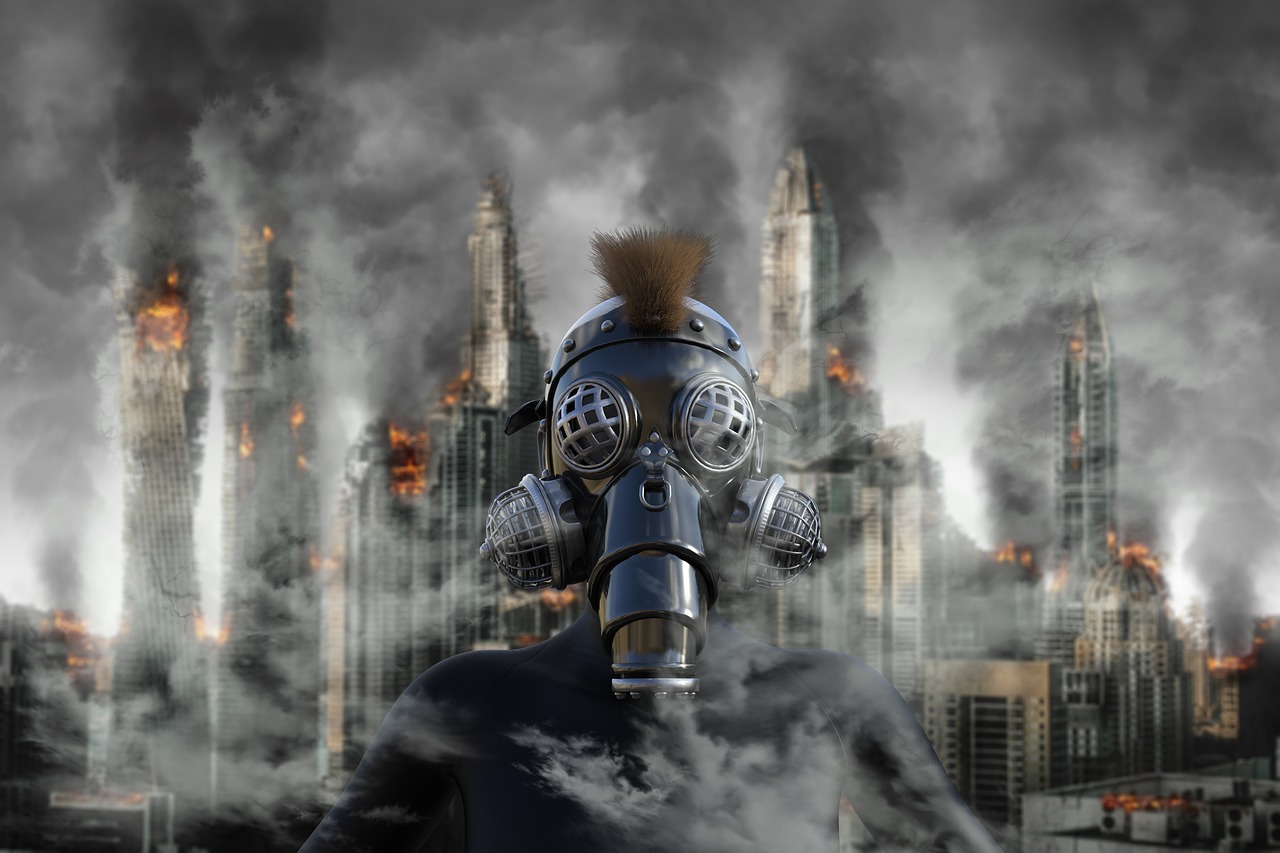
Assessing Immediate Risks
After a disaster strikes, the first instinct is often to check on loved ones and secure your own safety. However, before diving into recovery efforts, it’s crucial to take a moment to assess the immediate risks in your environment. This step can be the difference between a safe recovery and an additional tragedy.
Start by looking for potential hazards that may have emerged as a result of the disaster. You might be surprised at how many dangers lurk in the aftermath. For instance, gas leaks can be a silent killer, and structural damage can lead to unexpected collapses. It’s essential to be vigilant and aware of your surroundings. Here are some common risks to look out for:
- Gas Leaks: If you smell gas, turn off the main valve and evacuate the area immediately.
- Structural Damage: Look for cracks in walls, sagging roofs, or unstable foundations that may pose a threat.
- Downed Power Lines: Stay clear of any fallen power lines and report them to authorities.
- Flooding: Be cautious of standing water, which can hide debris and electrical hazards.
Once you've identified potential hazards, it's time to evaluate the overall safety of your environment. If you’re in a building, check for signs of damage before re-entering. If you notice any major structural issues, it’s best to stay outside and seek help. Additionally, consider the possibility of aftershocks or secondary disasters, such as landslides or further flooding, depending on the type of disaster you experienced.
Another important aspect of assessing risks is to stay informed. Use a battery-operated radio or your mobile device to get updates from local authorities. They can provide crucial information about the safety of the area and any ongoing risks. Knowledge is power, and staying informed can help you make better decisions as you navigate through recovery.
Remember, your safety and the safety of those around you should always come first. If you’re unsure about the safety of your surroundings, it’s better to err on the side of caution. In the chaos following a disaster, it’s easy to feel overwhelmed, but taking these initial steps to assess immediate risks can pave the way for a safer recovery process.
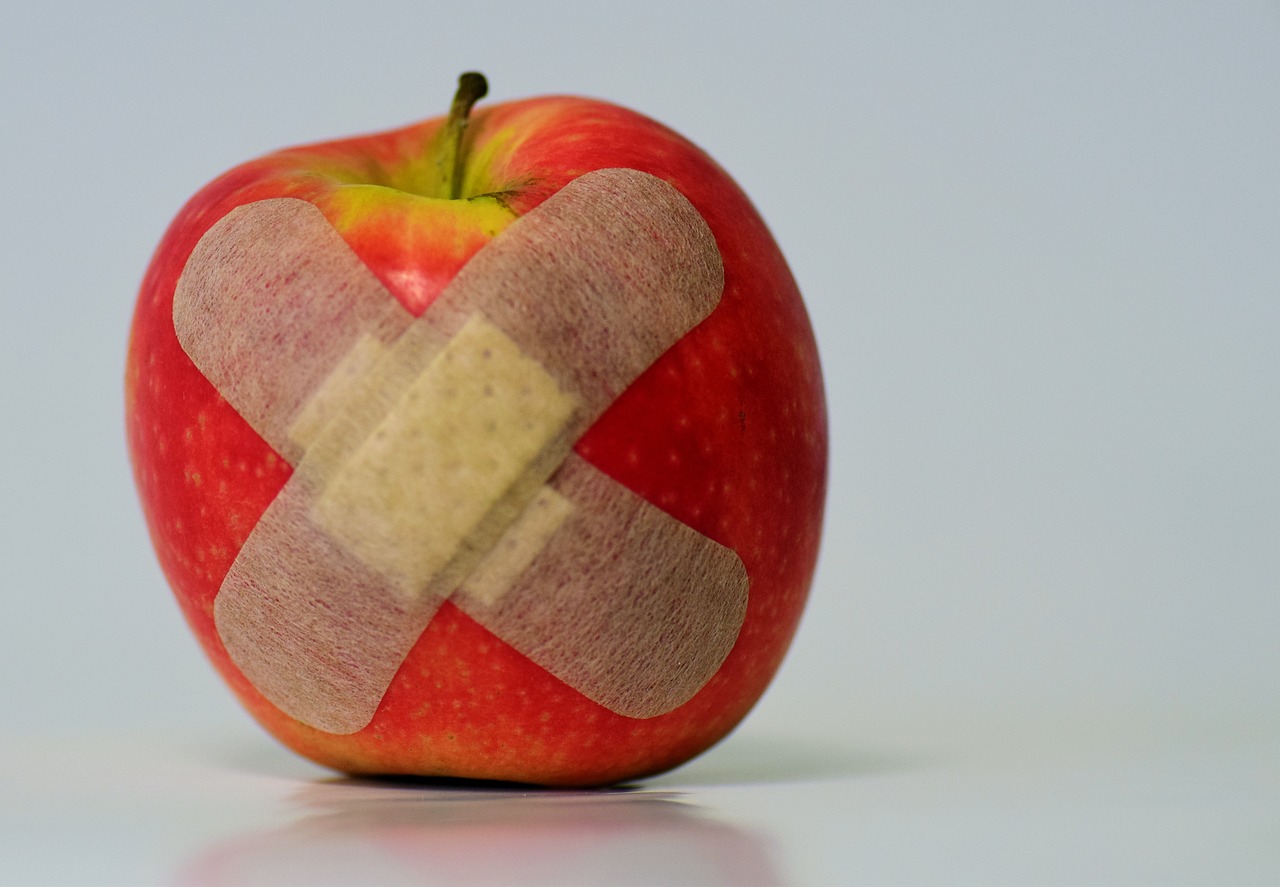
First Aid and Medical Attention
When disaster strikes, the chaos can be overwhelming, and it's easy to feel lost in the aftermath. One of the most critical steps to take is to provide first aid and seek medical attention for any injuries sustained. Understanding basic first aid techniques can be a game-changer, potentially saving lives and alleviating suffering while waiting for professional help to arrive. Imagine being the hero in a tense moment, where your quick actions make all the difference. Wouldn't that be empowering?
First aid isn't just about treating physical injuries; it's also about keeping a clear head amidst the turmoil. Knowing how to assess a situation and respond appropriately can help prevent further harm. For instance, if you encounter someone with a severe bleeding wound, applying pressure might be the difference between life and death. But what if you don't know how to do that? This is where learning basic techniques becomes invaluable.
So, what are some essential first aid techniques everyone should know? Here are a few that can equip you to respond effectively:
- CPR (Cardiopulmonary Resuscitation): This technique can be a lifesaver in cases of cardiac arrest. Knowing how to perform CPR could mean bringing someone back from the brink.
- Wound Care: Cleaning and dressing wounds properly can prevent infections, making it crucial to know how to handle cuts and scrapes.
- Choking Relief: Learning how to perform the Heimlich maneuver can help save someone who is choking, turning panic into relief.
These skills empower you to act decisively when every second counts. You might even consider taking a first aid course to solidify this knowledge, making you a reliable source of support in emergencies.
While knowing how to perform first aid is essential, having a first aid kit at your disposal is equally important. Think of your kit as your safety net; it should be comprehensive and easily accessible. Here are some must-have items to include:
- Adhesive bandages in various sizes
- Antiseptic wipes and ointments
- Gauze pads and medical tape
- Scissors and tweezers
- Instant cold packs
- Over-the-counter pain relief medications
By preparing your first aid kit in advance, you ensure that you'll be ready to handle minor injuries and stabilize more serious ones until professional help arrives. It's like having a safety parachute when jumping out of a plane—you hope you never need it, but it's a lifesaver if you do!
Recognizing when to seek professional medical assistance can be tricky, especially in the chaos following a disaster. Some injuries may seem minor but can lead to complications if left untreated. Here are some indicators that it's time to reach out for medical help:
- If a wound is deep or won't stop bleeding
- Signs of infection, such as redness, swelling, or pus
- Severe pain that doesn't improve with over-the-counter medications
- Difficulty breathing or chest pain
Trust your instincts. If something feels off, don't hesitate to seek help. Remember, your health is your wealth, and taking care of yourself is the first step toward recovery.
Disasters can leave not only physical scars but also emotional ones. It's essential to acknowledge the psychological impact they can have on individuals and communities. Accessing mental health resources and support systems can be a crucial part of the recovery process. Just like you would treat a physical wound, emotional wounds need attention too. Connecting with a counselor or joining a support group can provide the necessary tools to cope with trauma and stress, helping you to heal holistically.
| Question | Answer |
|---|---|
| What should I include in my first aid kit? | Your kit should have bandages, antiseptics, gauze, scissors, and pain relief medications, among other essentials. |
| How do I know if I need to seek medical help? | If you experience severe pain, uncontrollable bleeding, or signs of infection, it's important to seek medical assistance. |
| What are the signs of emotional distress after a disaster? | Common signs include anxiety, depression, difficulty sleeping, and withdrawal from social activities. Seeking support is vital. |
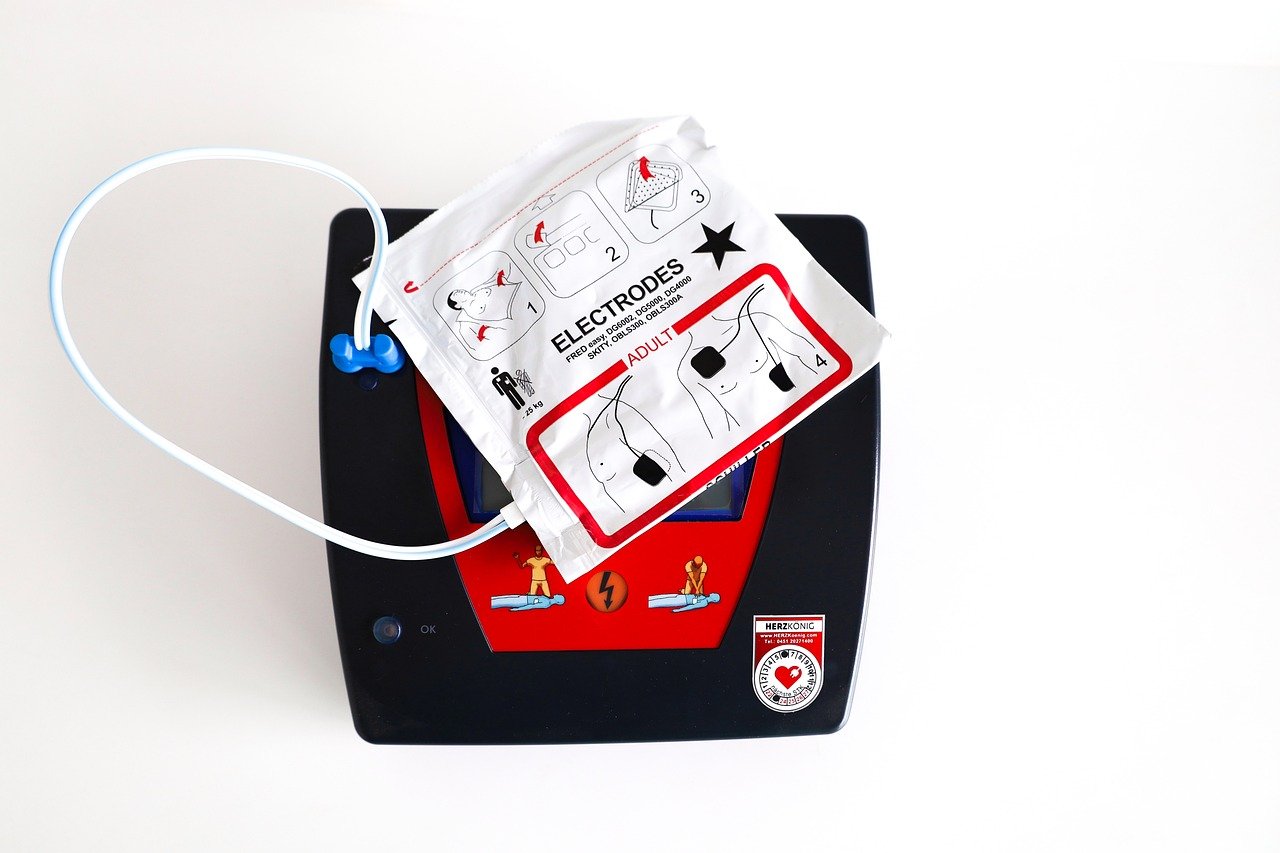
Basic First Aid Techniques
When disaster strikes, having a basic understanding of first aid techniques can be the difference between life and death. It's like being handed a lifeline in turbulent waters—essential and potentially lifesaving. Knowing how to respond to injuries not only helps the injured but also empowers you to act confidently when every second counts. So, what are some of the fundamental skills that everyone should be familiar with?
First and foremost, Cardiopulmonary Resuscitation (CPR) is a critical skill. CPR can keep blood flowing to vital organs when someone's heart has stopped. Imagine being in a situation where someone collapses before your eyes; knowing how to perform CPR could save their life. The basic steps include:
- Call for emergency help.
- Check for responsiveness.
- If unresponsive, begin chest compressions at a rate of 100-120 compressions per minute.
- After 30 compressions, provide 2 rescue breaths.
Next, let's talk about wound care. Whether it's a small cut or a larger laceration, knowing how to clean and dress a wound can prevent infection and promote healing. Start by washing your hands thoroughly, then clean the wound with soap and water. Apply an antiseptic and cover it with a sterile bandage. It's like putting a protective shield over a vulnerable spot—keeping it safe from further harm.
Another essential technique is the Heimlich maneuver, which can be a lifesaver in choking situations. If someone is unable to breathe, you can help them by standing behind them, placing your arms around their waist, and giving quick, upward thrusts. It’s a bit like giving a gentle nudge to dislodge whatever is blocking their airway. Remember, every second counts, so don’t hesitate!
Lastly, understanding how to recognize and treat shock is crucial. Shock can occur after severe injuries or trauma, leading to a drop in blood flow to vital organs. Symptoms may include weakness, confusion, or rapid breathing. The best course of action is to lay the person down, keep them warm, and elevate their legs if possible, while waiting for professional help to arrive. Think of it as a way to stabilize a ship that's taking on water; you need to keep it afloat until help arrives.
In summary, mastering basic first aid techniques can equip you with the tools to handle emergencies effectively. It’s not just about knowing what to do; it’s about having the confidence to act when it matters most. So, why not take the time to learn these techniques? Your knowledge could be the beacon of hope for someone in distress.
1. How can I learn CPR and first aid? Many organizations, like the American Red Cross, offer courses that teach CPR and first aid. Consider enrolling in one to gain hands-on experience.
2. What should I include in my first aid kit? A basic first aid kit should include items like adhesive bandages, antiseptic wipes, gauze pads, scissors, and a CPR face shield.
3. When should I call for emergency help? Always call for emergency assistance if someone is unconscious, has severe bleeding, is having difficulty breathing, or shows signs of a heart attack or stroke.
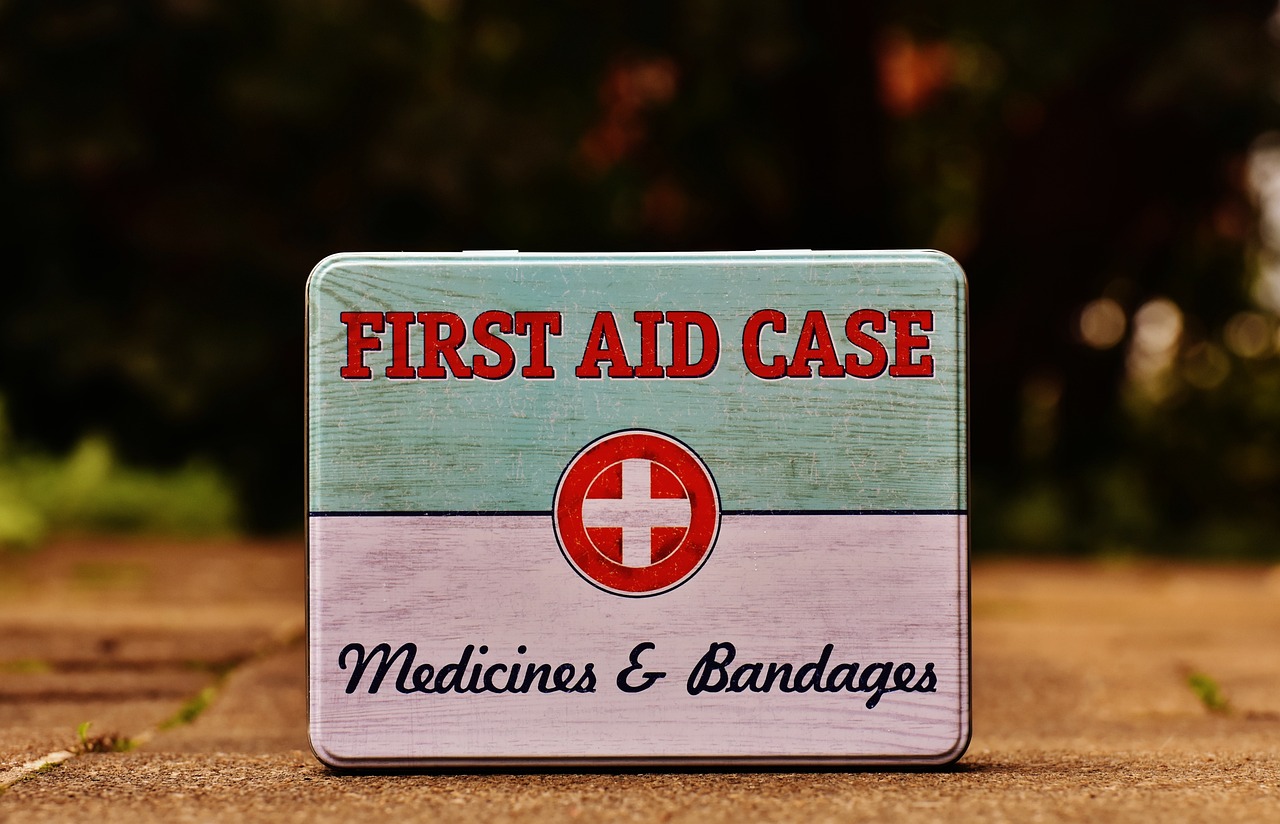
Creating a First Aid Kit
When it comes to emergencies, having a well-stocked first aid kit can be the difference between managing a minor injury effectively and facing a more serious situation. Think of your first aid kit as a safety net—it's there to catch you when things go wrong. But what exactly should you include in this essential kit? The answer lies in understanding the types of injuries and situations you might encounter. A comprehensive first aid kit should contain a variety of supplies that cater to different needs.
To start, consider the basics: bandages, antiseptics, and gauze. These items are vital for treating cuts and scrapes, which are common injuries during disasters. Additionally, you might want to include items like adhesive tape and scissors, which can help secure dressings or cut clothing away from an injury. Don’t forget about medications! Over-the-counter pain relievers, antihistamines for allergic reactions, and any personal medications should be part of your kit. It's also wise to include a pair of disposable gloves to prevent infection when treating wounds.
Moreover, it's essential to think about the specific needs of your family. If you have children, consider adding child-specific items such as pediatric dosages of medications or even a thermometer. For those with chronic conditions, ensure that necessary supplies, like an asthma inhaler or diabetic supplies, are readily available. Customization is key! Your first aid kit should reflect your unique circumstances and potential risks.
In addition to physical supplies, having a first aid manual can be invaluable. This guide can provide step-by-step instructions on how to handle various emergencies, from performing CPR to treating burns. It's like having a lifeline in your kit, offering guidance when you need it most.
Once you've gathered your supplies, the next step is to ensure that they are organized and easily accessible. A sturdy, waterproof container is ideal for keeping everything together and protected from the elements. Make sure to periodically check your kit to replace expired items and restock supplies as needed. You wouldn’t want to reach for a band-aid only to find it’s long gone or outdated!
In summary, creating a first aid kit involves careful consideration of the types of injuries you might encounter, customizing it to meet your family's specific needs, and ensuring that it is organized and regularly maintained. This preparation will not only give you peace of mind but also equip you to handle emergencies effectively. Remember, being prepared is the first step towards ensuring safety in times of crisis.
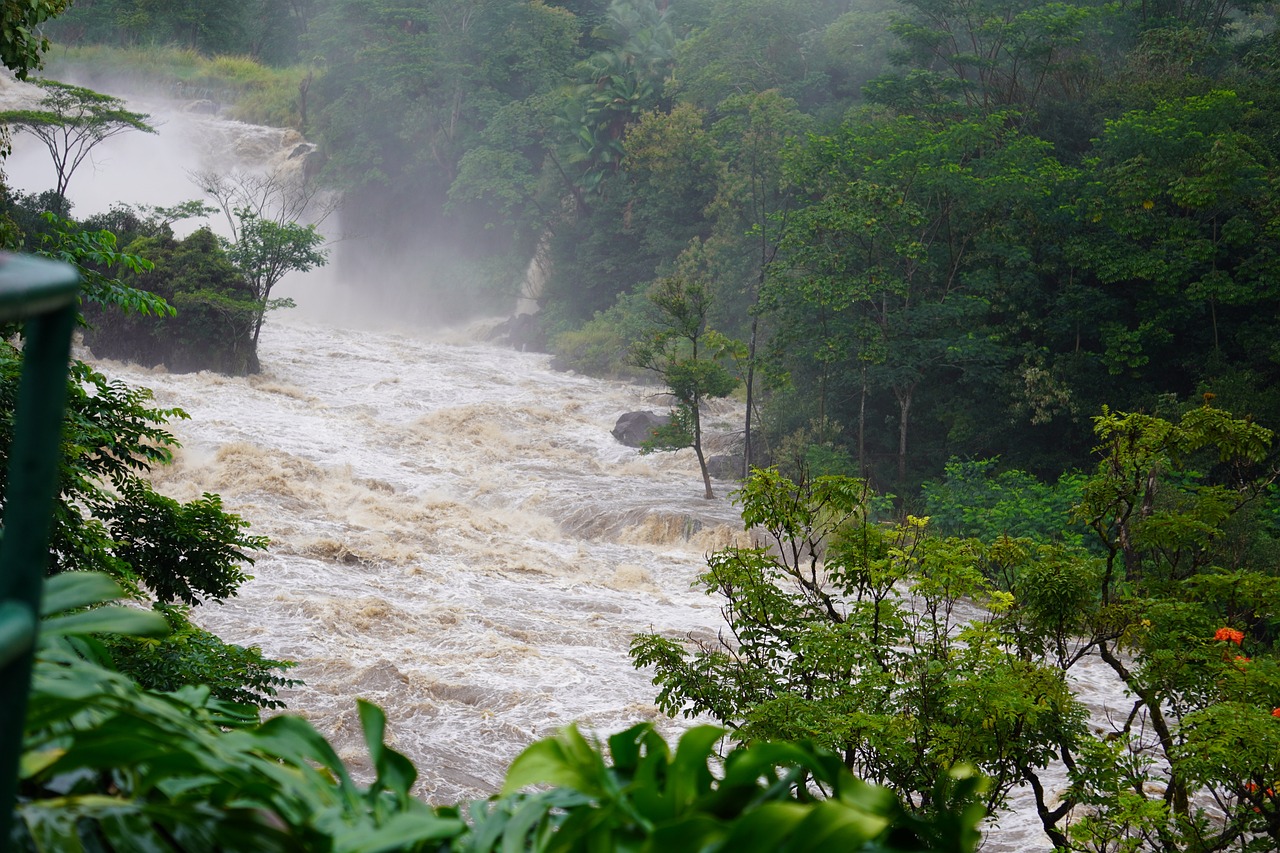
When to Seek Medical Help
This article discusses essential safety measures to implement after a disaster, ensuring personal safety and effective recovery. It covers immediate actions, long-term preparedness, and resources available for affected individuals and communities.
Evaluating the environment after a disaster is crucial. Identifying hazards such as gas leaks, structural damage, or downed power lines can prevent further injury and ensure a safer recovery process.
Providing first aid and seeking medical care for injuries sustained during a disaster is vital. Understanding basic first aid techniques can save lives and alleviate suffering before professional help arrives.
Learning basic first aid techniques, such as CPR and wound care, equips individuals to respond effectively to injuries. This knowledge can be invaluable in emergency situations when professional help may be delayed.
Assembling a comprehensive first aid kit ensures that essential supplies are readily available during emergencies. Including items like bandages, antiseptics, and medications can help manage injuries until further care is accessible.
Recognizing when to seek professional medical assistance is crucial after a disaster. It's easy to underestimate injuries when adrenaline is pumping, but certain signs should never be ignored. If you or someone else experiences any of the following symptoms, it’s time to seek medical help:
- Severe Bleeding: If a wound won't stop bleeding despite applying pressure, professional care is necessary.
- Unconsciousness or Confusion: These can indicate a serious head injury or other critical conditions.
- Difficulty Breathing: Any breathing difficulties should be treated as an emergency.
- Chest Pain: This could be a sign of a heart attack, and immediate medical attention is required.
- Signs of Infection: Symptoms like fever, redness, or swelling around a wound can indicate infection.
It's also essential to be aware of the potential for complications from less obvious injuries, such as fractures or internal injuries. If you suspect a broken bone or if someone complains of severe pain in a specific area, don’t hesitate to seek help. The sooner you get checked, the better the chances of a full recovery.
In addition, remember that emotional and psychological health is just as important. If you or someone you know is experiencing overwhelming stress or anxiety after a disaster, reaching out for mental health support can be a critical step in the recovery process.
Disasters can have profound emotional impacts. Accessing mental health resources and support systems is essential for recovery, helping individuals cope with trauma and stress in the aftermath of a disaster.
Establishing an emergency communication plan ensures that family members can stay connected during and after a disaster. This plan helps coordinate recovery efforts and provides reassurance to loved ones.
Leveraging technology, such as social media and messaging apps, can facilitate communication during emergencies. These tools can help individuals check in with family and receive important updates from authorities.
Connecting with local organizations and support groups can provide essential resources during recovery. Community involvement fosters resilience and offers assistance in navigating the challenges following a disaster.
Planning for long-term recovery is crucial for rebuilding after a disaster. This includes assessing damage, securing temporary housing, and accessing financial assistance to restore stability.
Understanding insurance policies and available financial assistance can significantly ease the recovery process. Individuals should be aware of their coverage options and resources to help with rebuilding efforts.
Reconstructing homes and communities with resilience in mind is essential. Implementing disaster preparedness measures can mitigate risks and enhance safety in future emergencies.
Q: What should I do immediately after a disaster?
A: First, ensure your safety by assessing your surroundings for hazards. Then, check on family members and neighbors, and follow local emergency guidelines.
Q: How can I prepare for future disasters?
A: Create a disaster plan that includes communication strategies, emergency kits, and a list of important contacts. Regularly review and update your plan.
Q: Where can I find mental health resources after a disaster?
A: Local community centers, hospitals, and online platforms often provide information on mental health services available in your area.
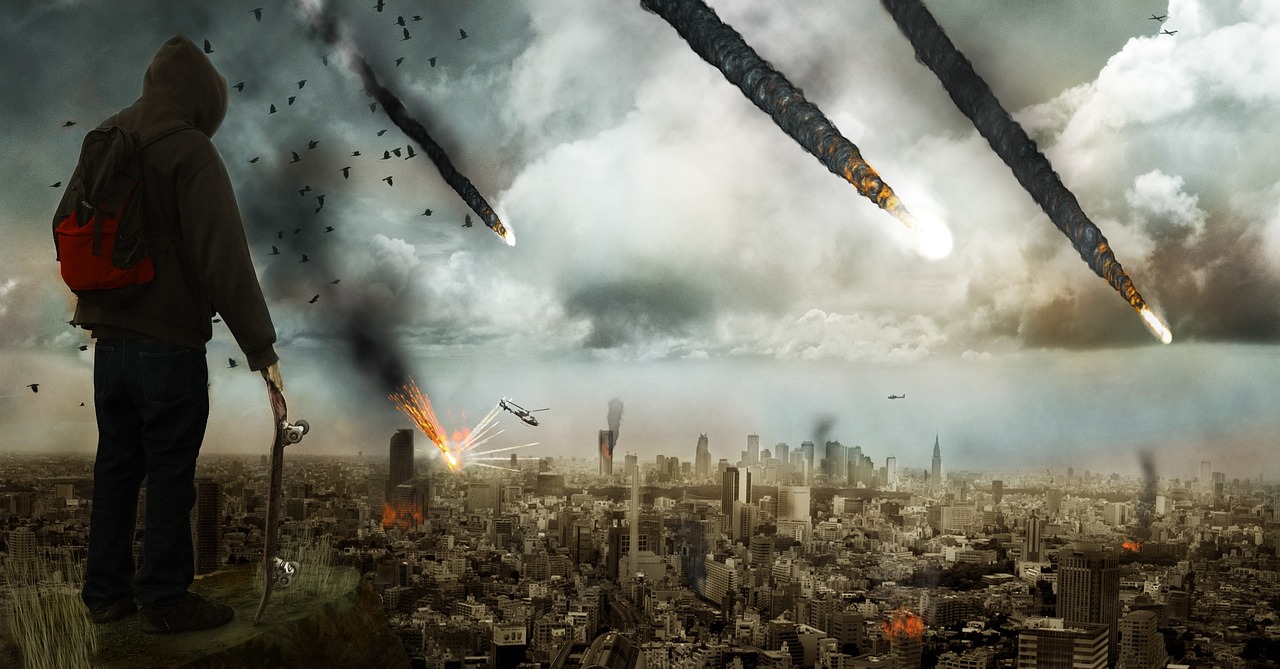
Emotional and Psychological Support
Disasters can leave deep emotional scars that often linger long after the physical damage has been repaired. The aftermath of such events can lead to feelings of anxiety, depression, and overwhelming stress. It’s crucial to recognize that these feelings are entirely normal and that seeking is a vital part of the recovery process. Just like you’d seek help for a physical injury, it’s equally important to attend to your mental health.
One of the first steps in finding support is to connect with friends and family. Sometimes, just talking about your experiences can provide relief. However, it’s also beneficial to reach out to professionals who specialize in trauma recovery. Mental health professionals can offer strategies and coping mechanisms tailored to your specific needs. They can help you navigate the emotional turmoil and provide a safe space to express your feelings.
In addition to professional help, consider joining support groups. These groups often consist of individuals who have experienced similar situations, making it easier to share and connect. Many communities have organizations dedicated to helping disaster victims, and these can be a great resource. Here is a quick list of potential support options:
- Therapists and Counselors: Licensed professionals who can provide one-on-one support.
- Support Groups: Community gatherings where individuals share experiences and coping strategies.
- Hotlines: Immediate assistance for those in crisis, available 24/7.
- Online Resources: Websites and forums that offer advice and community support.
Moreover, engaging in activities that promote mental well-being can be incredibly beneficial. Practices such as meditation, yoga, and journaling can help ground you and provide a sense of normalcy. Taking time to focus on self-care is essential; think of it as recharging your emotional batteries. Remember, healing is not a race. Give yourself the grace to feel what you need to feel and take the time necessary to process your experiences.
Finally, don't hesitate to lean on your community. Many local organizations offer workshops and resources aimed at helping individuals cope with the aftermath of disasters. These initiatives often provide not only emotional support but also practical assistance in navigating the recovery process. By fostering connections and sharing experiences, communities can become stronger and more resilient in the face of adversity.
Here are some common questions regarding emotional and psychological support after a disaster:
| Question | Answer |
|---|---|
| What are the signs that I need emotional support? | Feeling overwhelmed, persistent sadness, anxiety, changes in sleeping or eating patterns, and difficulty concentrating are signs you may need support. |
| How can I find a therapist? | You can search online directories, ask for recommendations from friends or family, or contact local mental health organizations for referrals. |
| Are support groups effective? | Yes, support groups provide a sense of community and understanding, which can be incredibly healing. |
| What should I do if I can't afford therapy? | Look for community mental health services, sliding scale therapists, or local non-profits that offer free or low-cost counseling. |
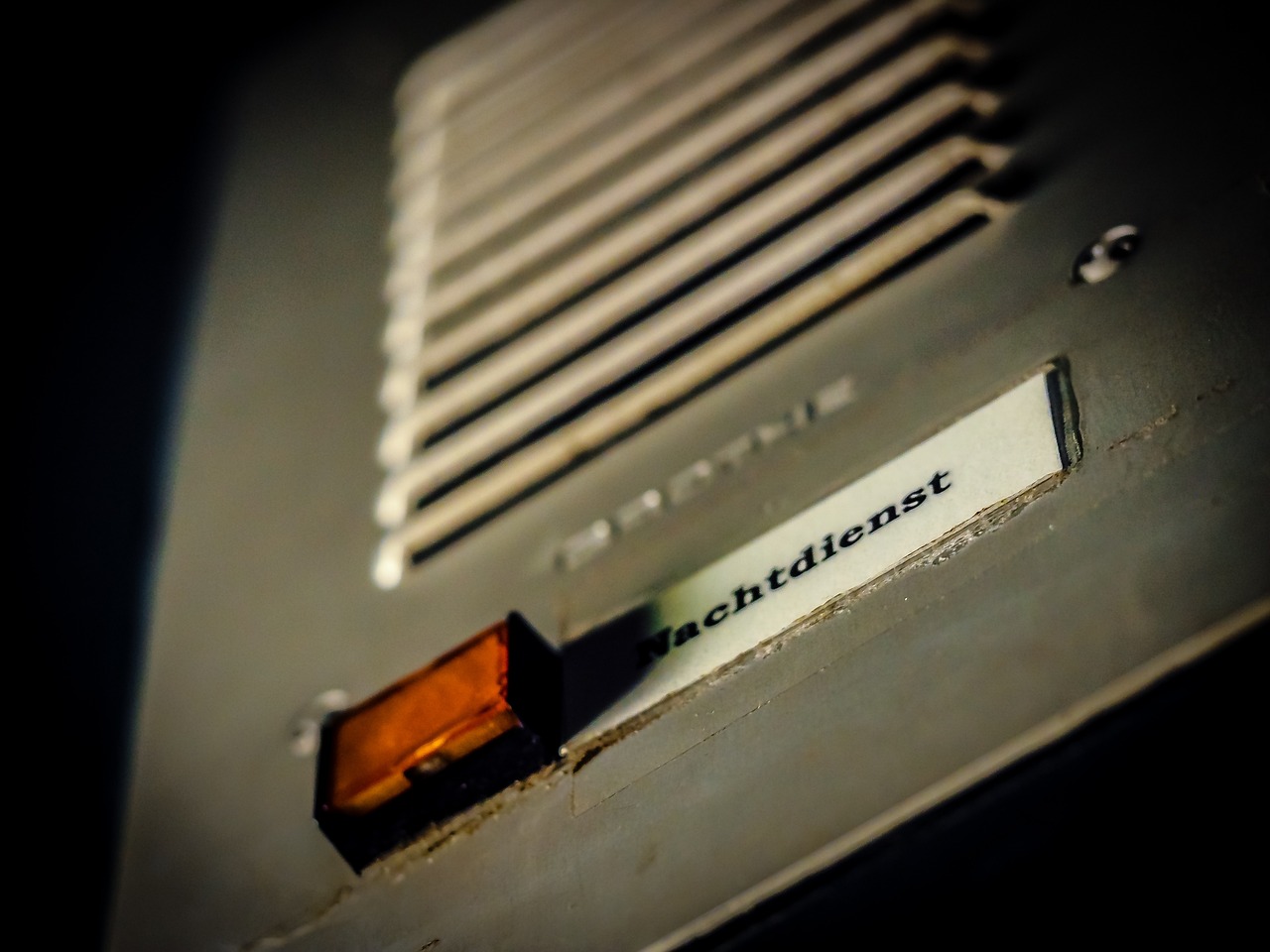
Emergency Communication Plans
When disaster strikes, chaos often reigns. The last thing you want is to be scrambling to find your loved ones or figure out how to communicate with them. That’s where a solid emergency communication plan comes into play. It’s like having a roadmap in a stormy sea—without it, you might feel lost and overwhelmed. So, how do you create a plan that keeps everyone connected during a crisis?
First things first, gather your family and discuss the importance of communication during emergencies. Make sure everyone understands that during a disaster, traditional communication methods, like cell phones, might not work. It’s essential to have a backup plan. Consider establishing a designated meeting place where everyone can go if communication fails. This could be a neighbor’s house, a local park, or even a community center. Having a physical location to regroup can provide peace of mind amidst the chaos.
Next, you’ll want to identify key contacts outside your immediate area. Sometimes, local networks can become overwhelmed, making it difficult to reach loved ones. By designating a relative or friend who lives in another city or state as your family’s point of contact, you create a lifeline. Share this contact information with all family members and ensure everyone knows how to reach them.
In today's digital age, don’t underestimate the power of technology. Tools like social media and messaging apps can be invaluable during emergencies. They allow for quick check-ins and updates. For example, platforms like Facebook have features that enable users to mark themselves safe during disasters. Encourage your family to download and familiarize themselves with such apps ahead of time, so they’re ready to use them when it counts.
Now, let’s talk about the nitty-gritty. Create a simple communication checklist that outlines the steps to take in case of an emergency. This checklist can include:
- Establish a family meeting place.
- Designate an out-of-town contact.
- Download emergency communication apps.
- Practice your plan regularly.
Finally, ensure that every family member has a copy of the communication plan. Keep it in a visible place, like on the fridge or in a family emergency kit. Regularly review and update the plan as needed, especially if there are changes in contact information or family dynamics.
Having a well-thought-out emergency communication plan is not just a precaution; it’s a lifeline. It provides a sense of security and preparedness that can make all the difference when the unexpected happens. Remember, in the aftermath of a disaster, staying connected can ease anxiety and foster a sense of community. So, take the time to plan ahead—your future self will thank you!
Q: What should I do if I can't reach my family during a disaster?
A: If you can't reach your family, try contacting your designated out-of-town contact. They may have heard from your family members and can provide updates. Also, consider using social media to check in or share your status.
Q: How often should I review my emergency communication plan?
A: It’s a good idea to review your emergency communication plan at least once a year or whenever there are significant changes in your family situation, such as moving or changes in contact information.
Q: What are some reliable communication apps for emergencies?
A: Some popular apps for emergency communication include WhatsApp, Facebook Messenger, and Signal. These apps can help you stay in touch even if traditional phone lines are down.

Using Technology for Communication
In today's fast-paced world, technology plays a vital role in how we communicate, especially during emergencies. When a disaster strikes, traditional communication methods may fail, but technology can bridge that gap and keep families connected. Imagine being able to send a quick message to your loved ones, letting them know you're safe, even when phone lines are down or overwhelmed. This is where the power of technology truly shines.
One of the most effective tools at our disposal is social media. Platforms like Facebook and Twitter allow users to share real-time updates and check in with family and friends. During a crisis, a simple post can inform others of your status, while hashtags can help spread important information quickly. For example, if a natural disaster occurs, you might see hashtags like #SafeIn[YourLocation] trending, enabling people to easily find updates on their loved ones.
Additionally, messaging apps such as WhatsApp, Telegram, and Signal can serve as lifelines in times of need. These apps often use data instead of traditional phone lines, making them more reliable when networks are congested. Group chats can be set up to coordinate rescue efforts or share vital information about local resources. Picture a family group chat buzzing with updates on where to find food, shelter, or medical assistance—this kind of communication can be a game-changer in a crisis.
Moreover, it’s essential to have a backup plan in place. Ensure that all family members are aware of which apps to use and how to access them. This includes knowing how to enable notifications for important updates and understanding how to use location-sharing features. For instance, if you’re in a precarious situation, sharing your location through Google Maps can provide rescuers with the exact spot where you need help.
Lastly, don't forget about the importance of offline communication methods. While technology is incredibly useful, it's wise to have a plan for when it fails. Consider setting up designated meeting points or using walkie-talkies for short-range communication. In emergencies, having multiple ways to communicate ensures that you can stay connected, no matter what.
In conclusion, leveraging technology for communication during and after a disaster can significantly enhance safety and recovery efforts. By staying informed and connected, you not only reassure your loved ones but also empower yourself to navigate the challenges that arise in the aftermath of a disaster.
- What should I do if my phone is dead and I can't communicate?
Look for charging stations or ask neighbors if they have a portable charger. Also, consider using landlines or public phones if available.
- How can I ensure my family knows how to reach me during a disaster?
Establish a family communication plan that includes emergency contacts and preferred communication methods. Regularly practice this plan.
- What apps are best for emergency communication?
Apps like WhatsApp, Telegram, and Facebook Messenger are great for instant communication. Make sure everyone in your family has them installed and knows how to use them.
- Are there any offline communication methods I should consider?
Yes, consider using walkie-talkies for short distances, setting up designated meeting points, and having a plan for written messages if necessary.
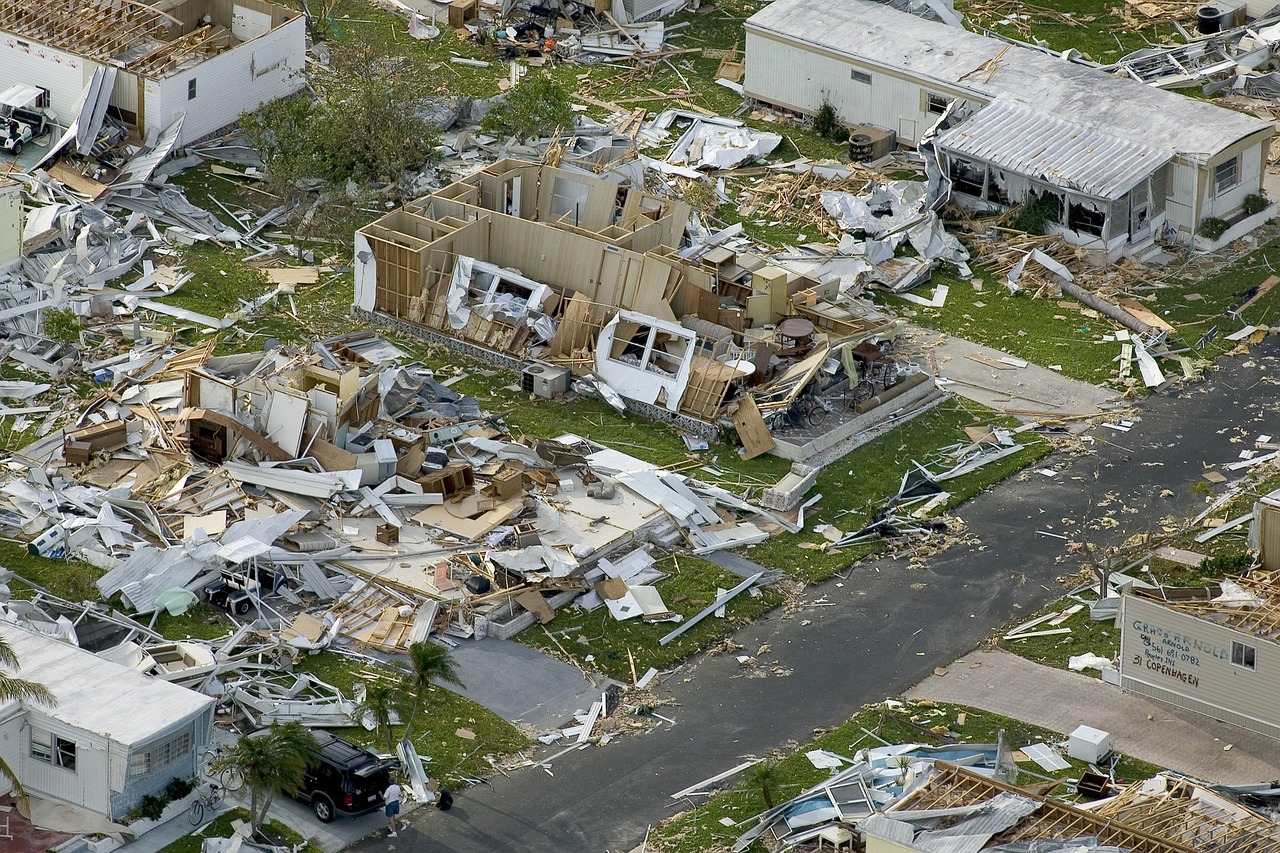
Community Resources and Support
After a disaster, the importance of cannot be overstated. These resources serve as lifelines for individuals and families trying to navigate the turbulent waters of recovery. Local organizations, charities, and government agencies often step up to provide essential services, from food and shelter to emotional support and financial assistance. But how do you tap into these resources? It's all about knowing where to look and who to ask.
For starters, many communities have established disaster relief centers that serve as one-stop shops for various support services. These centers typically offer:
- Food and Water: Access to meals and clean drinking water is critical in the aftermath of a disaster.
- Shelter: Temporary housing can be arranged for those who have lost their homes.
- Emotional Support: Trained counselors may be available to help individuals cope with trauma.
- Financial Assistance: Information on grants and loans to help with rebuilding efforts.
Additionally, local non-profits often mobilize quickly to assist those affected. They may provide resources such as:
- Volunteer Support: Volunteers can help with cleanup and recovery efforts.
- Medical Assistance: Free clinics may be set up to provide care for injuries and health issues that arise post-disaster.
- Legal Assistance: Help with navigating insurance claims or disputes can be invaluable.
It’s also beneficial to connect with your neighbors and community members. Together, you can share resources, information, and emotional support. A community that rallies together not only strengthens individual recovery but also fosters a sense of unity and resilience. In times of crisis, the bonds formed through shared experiences can be incredibly powerful.
For those who are unsure where to begin, consider reaching out to local government offices or visiting their websites. They often have lists of available resources and can guide you to the right organizations. Social media can also play a vital role; many communities use platforms like Facebook or Twitter to disseminate information quickly. Following local news outlets can keep you updated on available services and community meetings.
Ultimately, the road to recovery may be long, but with the right support systems in place, individuals and communities can emerge stronger than before. Remember, asking for help is not a sign of weakness; it’s a crucial step towards rebuilding your life and your community.
Q: What types of community resources are typically available after a disaster?
A: Community resources can include food and water distribution, temporary shelter, emotional support services, financial assistance, and volunteer aid for cleanup and recovery efforts.
Q: How can I find local disaster relief organizations?
A: You can find local disaster relief organizations by checking with your local government office, visiting community centers, or searching online for disaster relief resources in your area.
Q: Is it safe to rely on social media for updates during a disaster?
A: While social media can be a useful tool for quick updates, it's essential to verify information through official sources to avoid misinformation.
Q: How can I support my community during the recovery process?
A: You can support your community by volunteering your time, donating supplies or funds to local organizations, and helping to spread the word about available resources.
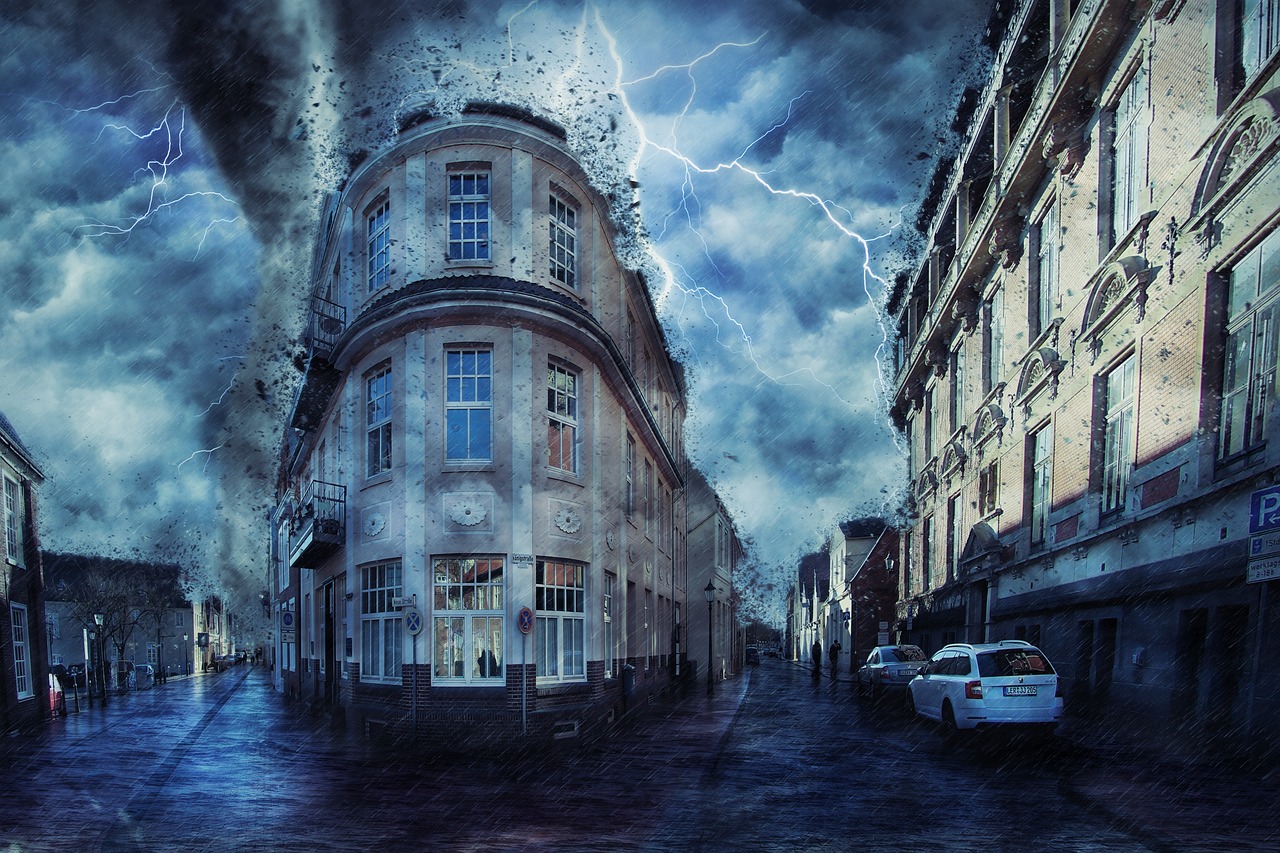
Long-Term Recovery Strategies
After a disaster strikes, the journey to recovery can feel overwhelming, almost like trying to find your way through a dense fog. However, having a clear plan can illuminate the path ahead. Long-term recovery strategies are essential for rebuilding not just physical structures but also the emotional and social fabric of communities. The first step is to assess the damage. This involves not only evaluating your home but also understanding the broader impact on your neighborhood. Are there critical services still operational? Is your community safe? These questions are vital as they guide your next steps.
Once you've assessed the damage, securing temporary housing becomes a priority. If your home is uninhabitable, consider your options—staying with friends or family, renting a short-term apartment, or utilizing local shelters. Each of these choices comes with its own set of challenges and benefits. For instance, staying with family may provide emotional support but could also lead to feelings of being a burden. On the other hand, shelters might offer a sense of community but lack privacy. Weighing these factors is crucial to your recovery.
Financial assistance is another critical aspect of long-term recovery. Many individuals are unaware of the resources available to them, which can include government aid, local non-profits, and even private donations. Understanding your insurance policy is key here. What does it cover? Are there specific steps you need to take to file a claim? It’s essential to gather all necessary documentation and communicate with your insurance provider promptly to avoid any delays in receiving assistance.
In addition to financial support, consider the emotional and psychological aspects of recovery. Disasters can leave deep scars, and it's important to address mental health needs. Many local organizations offer counseling services that can help you process trauma and stress. Engaging in community support groups can also provide a sense of belonging and understanding, as you share experiences with others who have faced similar challenges.
The rebuilding phase is where the true transformation happens. It’s not just about fixing what was broken; it’s about building back better. This means incorporating resilience into your reconstruction efforts. For example, if you live in an area prone to flooding, consider elevating your home or installing flood-resistant materials. It’s also an opportunity to create a more sustainable living environment. Think about integrating energy-efficient appliances or renewable energy sources like solar panels. These choices not only safeguard your home against future disasters but can also save you money in the long run.
Ultimately, long-term recovery is about more than just physical rebuilding; it’s about fostering a sense of community and resilience. It’s about coming together to support one another and ensuring that everyone has the resources they need to thrive. Remember, recovery is a marathon, not a sprint. It takes time, patience, and a lot of hard work, but with the right strategies in place, you can emerge stronger than before.
- What should I do first after a disaster? Assess your immediate safety and the condition of your surroundings before taking any further steps.
- How can I find financial assistance? Look into government programs, local charities, and your insurance policy for available resources.
- Are there mental health resources available? Yes, many local organizations offer counseling and support groups to help individuals cope with trauma.
- What are some ways to make my home more disaster-resilient? Consider using flood-resistant materials, elevating your home, and installing energy-efficient systems.
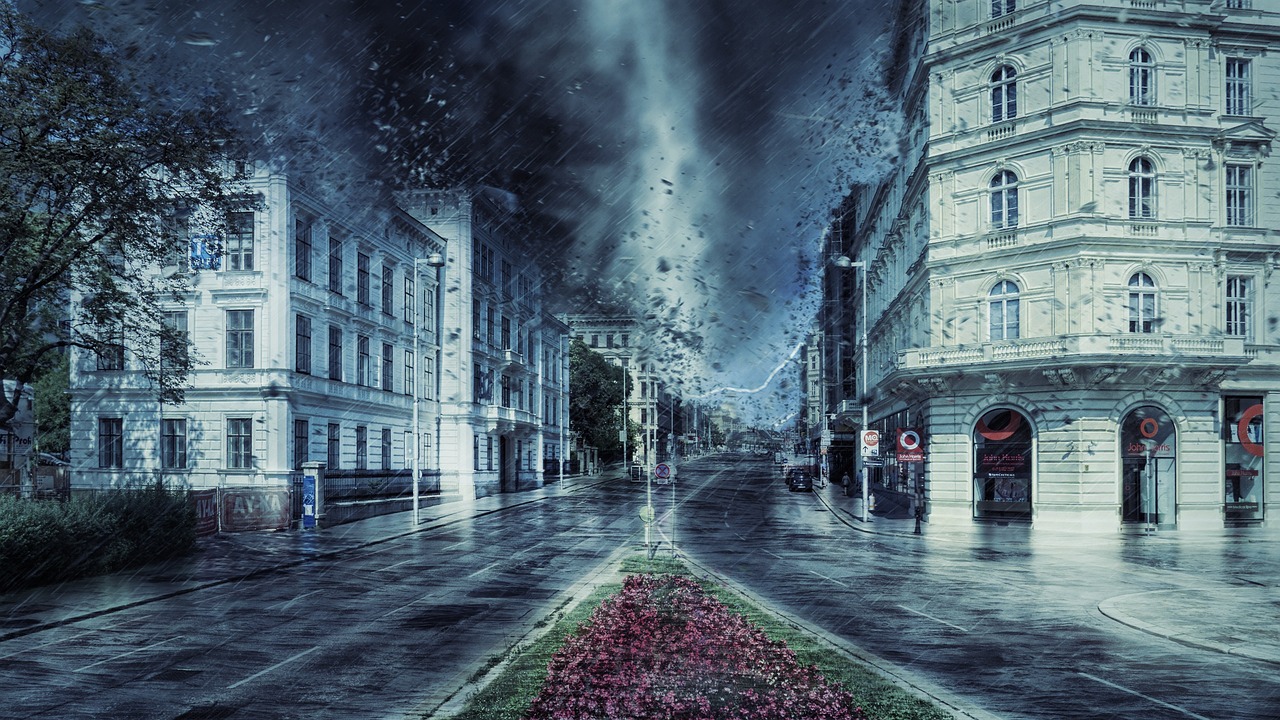
Insurance and Financial Assistance
When disaster strikes, understanding your insurance policies and available financial assistance can be a game-changer in your recovery journey. It’s like having a safety net that can catch you when you fall, providing the support you need to get back on your feet. First and foremost, take a moment to review your insurance coverage. Many people are surprised to learn that their policies may not cover certain types of disasters or that they have a high deductible that could impact their recovery.
It's important to know what your insurance covers. For example, homeowners insurance typically covers damage from fires, theft, and certain natural disasters, but flood damage often requires separate flood insurance. If you live in an area prone to specific disasters, consider investing in additional coverage tailored to those risks.
In addition to insurance, various government programs and local organizations offer financial assistance to help you recover. Programs such as the Federal Emergency Management Agency (FEMA) provide grants for temporary housing, home repairs, and other disaster-related expenses. Understanding how to apply for these resources can significantly ease your financial burden during such trying times.
Here’s a quick overview of the types of assistance you might find:
| Type of Assistance | Description |
|---|---|
| Government Grants | Financial aid for temporary housing, home repairs, and other disaster-related expenses. |
| Low-Interest Loans | Loans to cover uninsured property losses and repair costs. |
| Insurance Claims | Funds received from your insurance policy to cover damages. |
| Community Assistance | Support from local charities and organizations to help with basic needs. |
To navigate these resources effectively, keep detailed records of all damages and expenses. Document everything with photographs and receipts, as this information will be crucial when filing insurance claims or applying for grants. Remember, being organized can save you time and stress in the long run.
Finally, don’t hesitate to reach out for help. Whether it’s through local community centers, churches, or social media groups, there are often people willing to lend a hand. After all, recovery is not just about rebuilding structures; it's also about rebuilding lives and communities. By leveraging both insurance and community resources, you can create a solid foundation for your recovery and future preparedness.
- What types of disasters are typically covered by homeowners insurance? Most homeowners insurance policies cover fire, theft, and certain natural disasters, but flood damage usually requires separate coverage.
- How can I apply for FEMA assistance? You can apply for FEMA assistance online, by phone, or in person at disaster recovery centers.
- What should I document for my insurance claim? Take photographs of all damages and keep receipts for any expenses related to the disaster.
- Are there local organizations that can help with recovery? Yes, many local charities and organizations offer assistance in the aftermath of disasters. Check with community centers for resources.
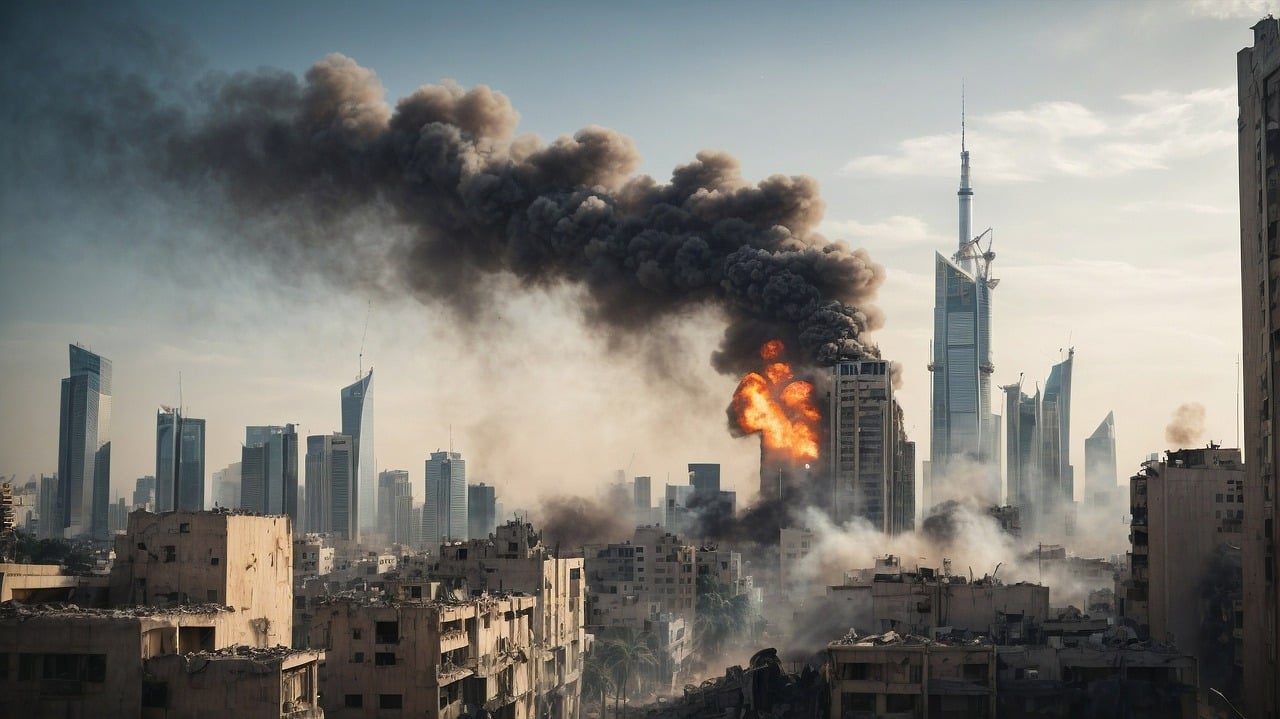
Rebuilding and Preparedness for the Future
After a disaster, the journey to recovery can feel overwhelming, but it’s also an opportunity to rebuild stronger and smarter. One of the key aspects of this process is reconstructing homes and communities with resilience in mind. This means not just fixing what was damaged, but also implementing strategies that will help mitigate risks in future emergencies. Think of it as not just rebuilding a house, but creating a fortress that can withstand the storms of life.
First and foremost, it's essential to assess the damage thoroughly. This involves not only looking at physical structures but also understanding the emotional toll on individuals and families. Once you have a clear picture, you can start to prioritize what needs to be done first. Will you need to find temporary housing while repairs are underway? Are there critical infrastructure repairs that need immediate attention? These questions can guide your recovery efforts.
Incorporating disaster preparedness measures into your rebuilding plans is vital. Here are some strategies to consider:
- Building Codes: Ensure that any new construction or repairs meet updated building codes that account for potential hazards.
- Landscaping: Use landscaping techniques that can help divert water away from your home to prevent flooding.
- Emergency Supplies: Stock up on emergency supplies and make them easily accessible. This includes food, water, and a first aid kit.
- Community Involvement: Engage with local organizations to foster a sense of community resilience. Strength in numbers can make a significant difference.
Moreover, consider financial assistance options that can help you in the rebuilding process. Understanding your insurance coverage is crucial. Many policies have specific clauses related to disasters, and knowing what you're entitled to can ease the financial burden. Additionally, local and federal assistance programs can provide much-needed funds to help restore stability.
Finally, don't forget the importance of mental health support during this time. Rebuilding can be emotionally taxing, and seeking help from professionals or community support groups can significantly aid in coping with stress and trauma. Remember, rebuilding is not just about physical structures; it’s also about healing the community and individuals affected by the disaster.
Q1: What should I do first after a disaster?
A1: Assess your immediate safety and the safety of those around you. Check for hazards like gas leaks or downed power lines before attempting to enter any damaged buildings.
Q2: How can I prepare my home for future disasters?
A2: Reinforce your home according to local building codes, create an emergency supply kit, and develop a communication plan with your family.
Q3: Where can I find financial assistance for rebuilding?
A3: Look into your insurance policy, and check local government websites for available disaster relief programs and grants.
Q4: Is it necessary to seek emotional support after a disaster?
A4: Yes, seeking emotional support is crucial. Disasters can have lasting psychological effects, and talking to a professional or joining a support group can help.
Frequently Asked Questions
- What should I do immediately after a disaster?
First, assess your surroundings for any immediate dangers like gas leaks or structural damage. If it's safe, evacuate to a secure location and check on your loved ones. Remember, your safety is the top priority!
- How can I provide first aid in an emergency?
Basic first aid techniques, such as CPR and wound care, can be lifesaving. Make sure to have a first aid kit handy, and familiarize yourself with its contents. Knowledge is power, especially when every second counts!
- When should I seek professional medical help?
If you or someone else has serious injuries, such as severe bleeding or difficulty breathing, it's crucial to seek medical attention immediately. Even minor injuries can become serious if left untreated, so don’t hesitate!
- How can I support my mental health after a disaster?
Accessing emotional and psychological support is essential. Consider talking to a mental health professional or joining a support group to share your experiences. Remember, it’s okay to ask for help!
- What is an emergency communication plan?
An emergency communication plan is a strategy for how family members will stay in touch during and after a disaster. It should include designated meeting places and methods of communication. This plan can alleviate anxiety and ensure everyone’s safety.
- How can technology assist in emergencies?
Using technology like social media and messaging apps can help you stay connected with loved ones and receive updates from authorities. These tools can be invaluable when traditional communication methods are disrupted.
- What community resources are available after a disaster?
Local organizations and support groups often provide vital resources such as food, shelter, and emotional support. Connecting with these groups can help you navigate the recovery process more effectively.
- How do I start long-term recovery after a disaster?
Begin by assessing the damage and securing temporary housing if needed. Understanding your insurance policy and available financial assistance can significantly ease the rebuilding process. Take it one step at a time!
- What should I know about insurance and financial assistance?
Familiarize yourself with your insurance coverage and any financial assistance programs available to you. Knowing your options can help you restore stability and get back on your feet more quickly.
- How can I prepare for future disasters?
Rebuilding with resilience in mind is crucial. Implementing disaster preparedness measures, such as creating emergency kits and plans, can enhance safety and mitigate risks in future emergencies. It’s better to be prepared than to be caught off guard!



















